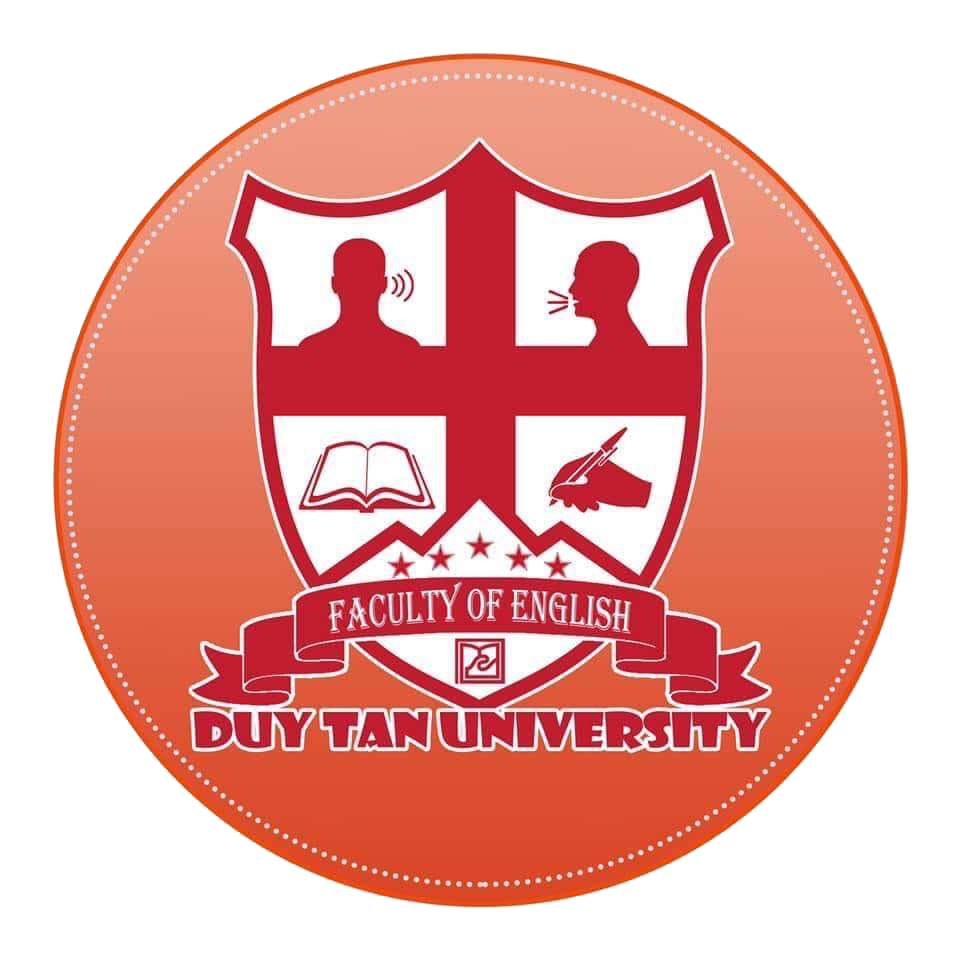DOWNSIDES OF CHATGPT IN LEARNING WRITING SKILL BY STUDENTS
In the digital age, artificial intelligence (AI) tools like ChatGPT have become increasingly popular in education, particularly in supporting students with writing tasks. While these technologies offer numerous benefits, such as generating ideas, correcting grammar, and providing model texts, they also present significant downsides, especially in the context of developing students' writing skills. Over-reliance on ChatGPT can hinder creativity, critical thinking, and authentic learning, which are crucial components of effective writing.
One of the main drawbacks of using ChatGPT in writing is the risk of overdependence. When students regularly rely on AI to produce or edit their essays, they may lose the motivation to think independently. Writing is a complex process that involves brainstorming, drafting, revising, and refining ideas. If students skip these steps by using AI-generated content, they miss out on essential cognitive and linguistic development. As a result, their ability to write independently and express original thoughts may deteriorate over time.
Another downside is the lack of critical thinking and creativity in AI-assisted writing. ChatGPT generates responses based on patterns and data from the internet, not on real-world experiences or deep understanding. When students use ChatGPT to write essays or compositions, they may adopt generic or superficial ideas without engaging in deeper thought processes. This not only limits the originality of their writing but also prevents them from developing their own voice and argumentation skills—essential components of academic and professional writing.
Quality and accuracy issues also pose challenges. Although ChatGPT can produce well-structured texts, it may occasionally generate information that is outdated, incorrect, or inappropriate for a given context. Students who are not skilled in evaluating content may accept AI-generated information uncritically, leading to misunderstandings or the inclusion of false facts in their work. This can undermine the credibility of their writing and hinder their ability to assess and verify sources, which is a vital academic skill.
Additionally, there is the concern of academic dishonesty. When students submit assignments entirely written by ChatGPT, it raises ethical questions about authorship and plagiarism. While AI can be a useful assistant, it should not replace the learner’s role in the writing process. Using AI-generated content without proper acknowledgment can violate academic integrity policies, leading to serious consequences such as failing grades or disciplinary actions. This practice also deprives students of the opportunity to genuinely improve their writing abilities.
Another potential issue is the reduced teacher-student interaction in the writing process. Traditionally, writing instruction involves feedback, discussion, and personalized guidance from educators. If students rely solely on AI tools, they may bypass this valuable interaction, resulting in missed opportunities for targeted improvement. Teachers may also find it difficult to assess a student’s true abilities if the submitted work is largely AI-generated, which could affect both learning outcomes and classroom dynamics.
Furthermore, there are language development concerns, especially for second-language learners. Writing helps students practice grammar, vocabulary, and sentence structure. When they use AI to do the work for them, they lose the chance to internalize language rules and improve fluency. This can create a gap between their perceived and actual writing skills, which might only become apparent during exams or real-life writing tasks that do not allow AI assistance.
In conclusion, while ChatGPT and similar AI tools can support the writing process in many ways, their misuse or overuse can negatively impact students’ writing development. From hindering creativity and critical thinking to encouraging academic dishonesty and weakening language skills, these tools present serious challenges that educators and students must address. Responsible and guided use of AI in writing education is essential to ensure that it complements rather than replaces genuine learning.

